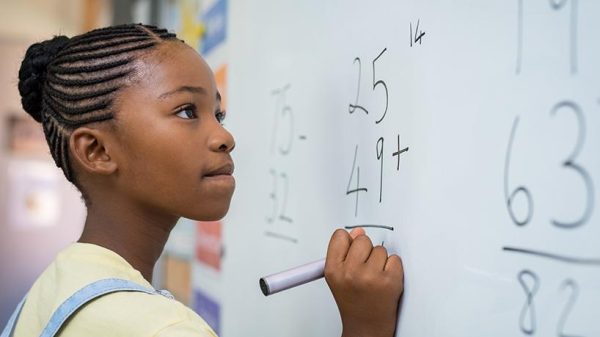The primary purpose and function of the professional learning community is the continuous professional learning of its members. Why is this? The most influential factor in whether students learn well is quality teaching. Research and common sense tell us that continuous and sustained adult learning enhances quality teaching. What are educators in a professional learning community learning?
Through consistent and focused examination of multiple sources of student and systems data, the professional learning community tracks the performance of its students. When data indicate that students are not learning to expectations, the members examine all factors that could contribute to these results and identify the challenges. Their next step is to create new outcome statements for their students that address their low performance.
They also examine and select new teaching practices they believe are the best options to improve student learning. Simultaneously, they establish new goal(s) for their own learning that will target their acquisition of new knowledge and skills required of the new practices. These decisions prepare them for higher-quality teaching of their students.
The learning community members have determined what they need to learn in order to ensure their teaching produces successful learning for their students. In this way, students are the prime benefactors of the professional learning community’s robust data study and targeted professional learning.
In addition to becoming more effective educators and delivering higher-quality teaching for their students, these educators benefit from the principal’s and other district administrators’ sharing and supporting leadership with professional learning community members. Note the number and significance of the decisions that the professional learning community members make. They have been given shared power, authority, and decision making to conduct the work of their professional learning community.
These educators attained this leadership — and the decision-making functions it entails — after learning how to integrate the leadership role into their professional learning community. While their principal initially led the group, the members developed leadership skills through discussion, modeling, practicing, and receiving feedback. The principal remains as a regular but infrequent member of the group, primarily asking questions or bringing research and other information to them for their consideration. The professional learning community members conduct their meetings and discussions. Competence and confidence, developed through support of their principal and other facilitators, enables them to make important and reasoned decisions about their work for their students.
In this way, teachers gain increased respect and status as true professionals — a gain for the school, the teachers, and the students. This shared leadership role allows teachers to make valid and significant decisions regarding teaching and learning — within, of course, the parameters of national, state, and district policies and regulations. Attention and support from school and district policymakers can help professional learning communities fulfill their potential.
This post originally appeared in Learning Forward’s PD Watch.







